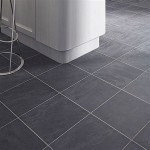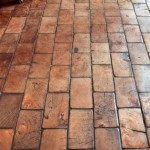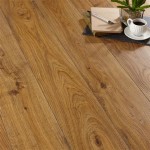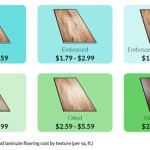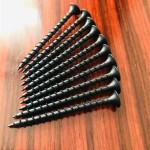Floating Vinyl Sheet Flooring Installation: A Comprehensive Guide
Floating vinyl sheet flooring has gained immense popularity for its durability, affordability, and ease of installation. Unlike traditional sheet vinyl that requires glue, floating vinyl planks or sheets simply click together, forming a floating floor over the existing subfloor. This guide will provide you with a comprehensive overview of the essential aspects of floating vinyl sheet flooring installation, ensuring a successful and satisfactory outcome.
Choosing the Right Flooring
The first step is to select the right floating vinyl sheet flooring that meets your specific needs and preferences. Consider factors such as durability, water resistance, thickness, and design. Choose a high-quality flooring that is suitable for the intended use and foot traffic in the area being installed.
Subfloor Preparation
Proper subfloor preparation is crucial for a successful floating vinyl sheet flooring installation. The subfloor should be level, clean, dry, and free of any debris or imperfections. Repair any unevenness or depressions by leveling the subfloor using a self-leveling compound or other suitable methods. Ensure that the subfloor is moisture-proofed with a vapor barrier to prevent moisture from damaging the flooring.
Installation Process
To install floating vinyl sheet flooring, follow these steps:
- Start from a Corner: Begin the installation from a corner of the room, using a spacer to maintain an expansion gap around the perimeter.
- Click and Lock: Place the first plank or sheet flat on the subfloor and click the next piece into place along the long edge. Continue clicking the planks or sheets together, ensuring a tight fit.
- Stagger the Joints: Stagger the joints of the planks or sheets to enhance the strength and stability of the floor.
- Cut and Fit: Measure and cut the last row of planks or sheets to fit the space, ensuring that there is an expansion gap around the perimeter.
- Install Moldings: Once the flooring is installed, place transition moldings or baseboards around the edges to secure the floor and hide expansion gaps.
Maintenance and Care
Maintaining floating vinyl sheet flooring is easy. Regular sweeping or vacuuming will remove most dirt and debris. For deeper cleaning, use a damp mop with a gentle cleaning solution designed for vinyl flooring. Avoid using abrasive cleaners or scrubbing pads, as they can damage the floor's surface. Protect the floor from scratches and dents by using furniture pads and coasters under heavy objects.
Conclusion
Floating vinyl sheet flooring installation is a relatively simple process that can be completed with careful preparation and proper execution. By following the steps outlined in this guide, you can achieve a professional-looking and durable floor that will enhance the aesthetics and functionality of your space. Remember to choose high-quality flooring, prepare the subfloor properly, and follow the installation instructions meticulously for optimal results.

A Beginner S Guide To Installing Vinyl Plank Flooring Dumpsters Com

Installing Vinyl Plank Flooring How To Fixthisbuildthat

How To Install Vinyl Plank Flooring In A Bathroom Fixthisbuildthat

Vinyl Floor Installation How To Install A Floating Together
How To Lay Vinyl Flooring Sheets Tiles And Planks Tarkett
:strip_icc()/SCF_158_02-d0f4e168f04646d4af5283058ea16225.jpg?strip=all)
How To Install Vinyl Sheet Flooring That S Loose Lay In Hours

Installing Vinyl Plank Flooring How To Fixthisbuildthat

How To Install Floating Vinyl Flooring Over Old Floors Simply2moms

Lvp Flooring Installation How To Install Luxury Vinyl Plank In A Basement Diy

What Is Loose Lay Vinyl Flooring A Plank Guide Reallyfloors America S Est Hardwood
Related Posts

